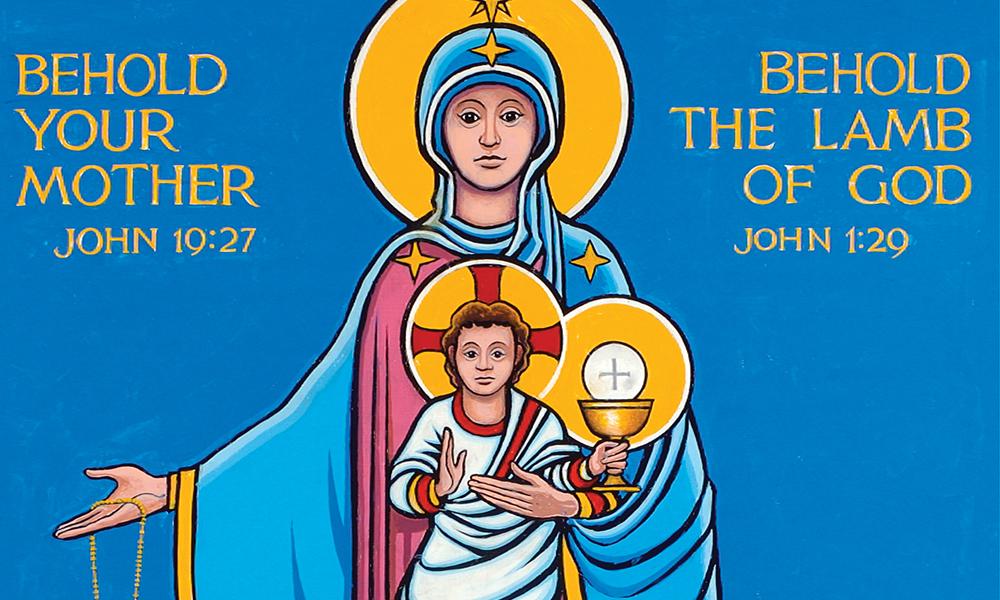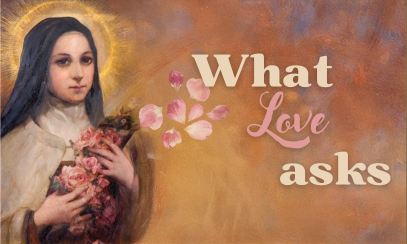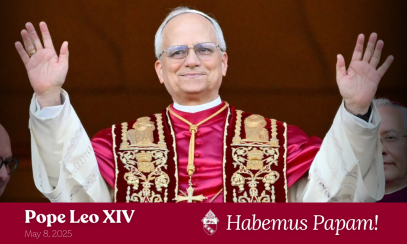
Our Lady of Joyful Hope is South Carolina’s Unique Madonna
Like the treasure hidden in a field (Mt 13:44), the icon of Our Lady of South Carolina — Our Lady of Joyful Hope is housed in a former small mission church in rural Kingstree, now a shrine dedicated to her.
Like the treasure hidden in a field (Mt 13:44), the icon of Our Lady of South Carolina — Our Lady of Joyful Hope is housed in a former small mission church in rural Kingstree, now a shrine dedicated to her.
In 2002, St. John Paul II issued an apostolic letter, Rosariums Virginis Mariae (Rosary of the Virgin Mary), and proclaimed 2003 as the Year of the Rosary. This singular icon was blessed by Bishop Robert J. Baker at the diocesan celebration that year, and in 2005, it was enshrined in the completely renovated church.
Icons are full of symbols encoding an inspired message that is foundational to a school of spirituality, which is why icons are considered to be “written” and not painted — we “read” an icon. Because symbols are derived from civic and religious sources, this icon has a double appellation: that of place, South Carolina, and that of grace, joyful hope. The state motto is “While I breathe, I hope”
(Dum spiro spero), and the Advent Liturgy of the Hours includes the response, “As we wait in joyful hope.”
Look at the icon. At the center is the Christ Child presented by his mother. Holding a host above a chalice, he is in a white garment with many folds. These folds represent both the swaddling clothes of Bethlehem and the shroud of Calvary. His entire life, celebrated in the liturgical year, is thus signified by this simple means. His royalty is recalled by the deep red band on the garment.
The iconographic style is ancient Antiochian in which Mary is portrayed as a young woman in Middle Eastern attire. Her rose robe and blue mantle should remind us of Our Lady of Guadalupe, Empress of the Americas. She stands crushing a serpent, symbolic of the Immaculate Conception, Patroness of the United States. On the right side of her is a Palmetto tree, symbol of South Carolina. The icon, then, has an international, national and local identity.
As Christ gives us the Eucharist — his Real Presence, sacrifice and communion — so Mary presents us with the rosary, a means of appreciating this sacrament of life, light and love.
The three stars, one on her forehead and one on each shoulder, is the iconographic symbol of her perpetual virginity before, during and after childbirth.
Because South Carolina is in the Bible Belt, there are three scripture quotes spotlighting the evangelical focus of the Child, the Mother and the Church: “Behold the Lamb of God” (Jn 1:29) proclaims his mission; “Behold Your Mother” (Jn 19:27) reminds us of our God-given relationship to her; and “The Just flourish like the Palm Tree” (Ps 92:12) spurs us on to holiness in life.
The star above her head has a triple significance: the providential star of the Epiphany that inspired hope in the Magi (Mt 2); the star of evangelization proclaimed by St. Paul VI in his apostolic exhortation on evangelization in the modern world, Evangelii nuntiandi; and our star of hope according to Pope Benedict XVI in his encyclical Spe salvi (Saved in Hope). The hymn to Our Lady of Joyful Hope expresses that she “Be the star that guides us through dark night into day.”
An attraction to a particular name of Mary can strengthen and personalize devotion to her. In addition, it can initiate a desire to participate in the mission particular to that title. According to St. John Paul II, it would call for earnest involvement in the New Evangelization, especially in its eucharistic and Marian dimensions — so fitting during our National Eucharistic Revival.
Father Stanley Smolenski, spma, STL, MTh, is a canonical Baptistine hermit and the co-founder and director of the diocesan Shrine of Our Lady of South Carolina — Our Lady of Joyful Hope in Kingstree. Email him at ssmolenski@charlestondiocese.org.



